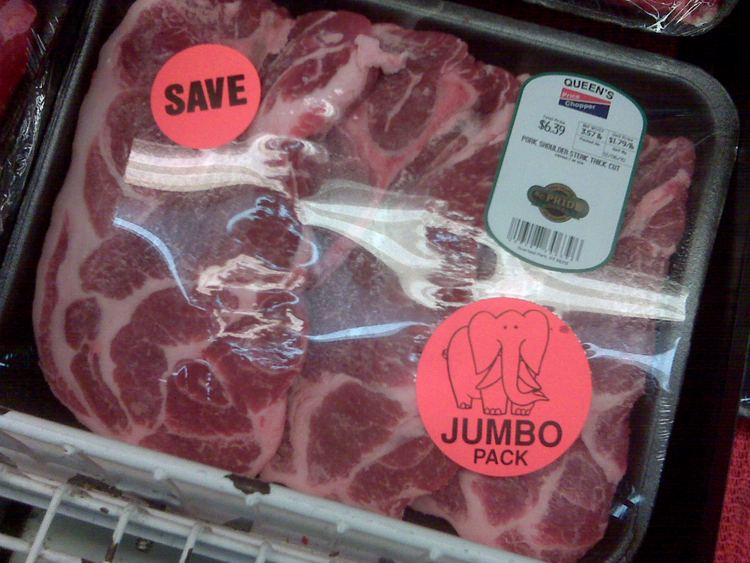 | ||
Similar Nem, Thit Kho Tau, Tea, Xiang, Beef 7 dishes | ||
Residents feast on elephant meat in meru county
Elephant meat refers to the flesh and other edible parts of elephants.
Contents
History
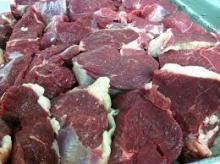
The consumption of elephant meat has likely been a source of food for both humans and animals during the entire time of their coexistence. By the beginning of the Middle Palaeolithic, around 120,000 BCE, African societies were hunter-gatherers proficient in exploiting herds of elephants for their meat.
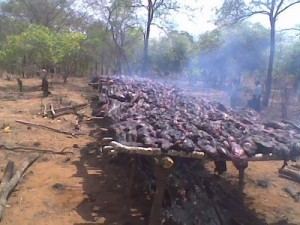
A specimen of the now-extinct straight-tusked elephant was discovered in the Ebbsfleet Valley, near Swanscombe. The 400,000-year-old skeleton was found with flint tools scattered around, suggesting the elephant had been cut up by a tribe of the early humans existing at the time, known as Homo heidelbergensis.
Modern times

Today, all species of elephant are hunted specifically for their meat. This occurs notably in Cameroon, Central African Republic, Republic of Congo, and the Democratic Republic of Congo. During ivory hunts by poachers, meat may be taken as a by-product for eventual sale, or to feed the hunting party. As of 2007, wildlife experts expressed concerns that the major threat to elephants may become the demand for meat rather than the ivory trade.
Demand
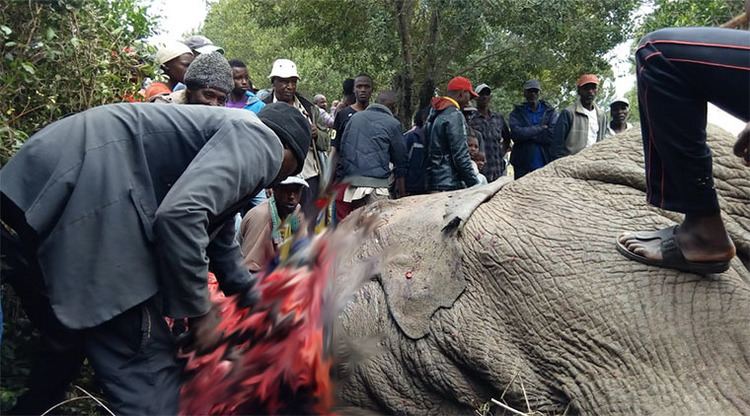
An investigation into the elephant meat trade revealed that in four central African countries, the demand for the meat is higher than the supply. In cities, the meat is considered to be prestigious, and as such, costs more to buy than most other meats. This acts as an incentive for poachers to hunt elephants for their meat as well as their tusks. Another incentive comes from "commanditaires". These are individuals with wealth, usually people with influence in the military, government, or the business world, and are known to fund elephant hunts. They provide money, equipment, and also weapons. Their main objective is to receive ivory in return, which they sell.
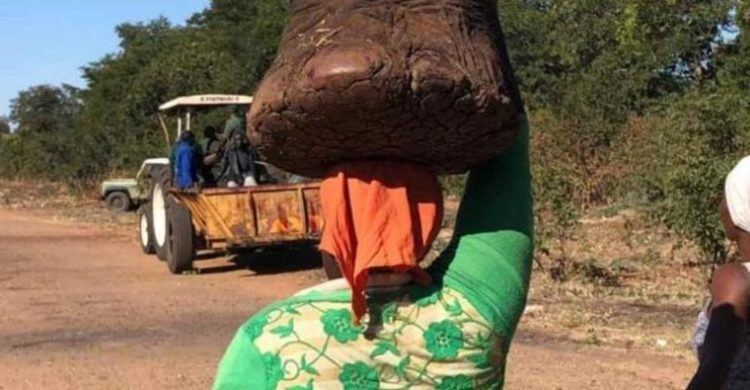
Those working in logging camps provide local demand for elephant meat. Construction of the associated logging roads eases access from areas that were once remote, to sites where the meat can be sold.
African forest elephants typically weigh between 5,000 and 6,000 pounds. As of 2007, while their ivory could fetch about $180, a poacher might sell the meat, which can amount to approximately 1,000 pounds, for as much as $6,000. Concurrently, the average daily income for individuals residing in the Congo Basin was around $1.
In 2007, elephant meat was selling in Bangui (Central African Republic) markets at $5.45 per pound. This was at the same time that ivory could be sold by poachers for $13.60 a pound. The meat was being transported and sold over the border of the Central African Republic and the Democratic Republic of the Congo. Despite being illegal according to international law, both governments collected taxes for the transactions.
In 2012, wildlife officials in Thailand expressed the concern that a new taste for elephant meat consumption could pose a risk to their survival. They were alerted to the problem upon discovering that two elephants in a national park were slaughtered. The director-general of the wildlife agency in Thailand stated that some of the meat was eaten raw.
Preservation
The meat may be charred on the outside and smoked at the site where the elephant is killed, to preserve it during transportation to populated areas for sale.
Statistics
Utilization of the meat and earnings estimates in Cameroon, Central African Republic, Republic of Congo, and the Democratic Republic of Congo were compiled as follows by Daniel Stiles in his 2011 Elephant Meat Trade in Central Africa: Summary report:
Utilization
Utilization of the meat of recalled elephant that were killed:
Potential earnings
Potential earnings estimates from elephant meat (smoked) that was reported as sold:
* 60% of the carcass; see Utilization table above, column "Smoked meat sold"
Ranges begin at zero because not all elephant hunters take the meat; however, in the Republic of Congo sample, all of the reported kills resulted in at least some meat being taken.
Cultural and religious practices
Assamese scriptures prescribe various meats, including that of the elephant, to recover from illness and to stay in good health. Buddhist monks, however, are forbidden from eating elephant meat.
